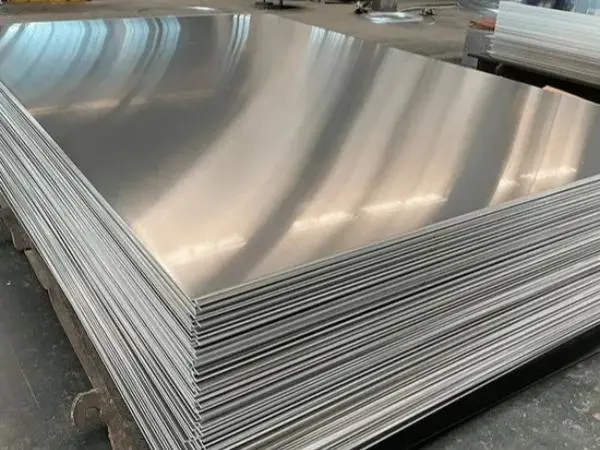- Phone0086 731 8564 8255
- E-mailsales@cscsteel-manufacturing.com
-

Water pipe elbows are essential components used in plumbing systems to connect pipes at various angles. They help redirect the flow of water or other fluids in different directions. To ensure their efficient operation and long lifespan, it’s crucial to adhere to standard specifications and usage precautions. Below is a guide to the standard specifications and usage precautions for water pipe elbows.
Continental Steel Co.,Ltd is professional water pipe elbows manufacturer, for more details, please contact:sales@cscsteel-manufacturing.com
Standard Specifications of Water Pipe Elbows
The specifications of water pipe elbows typically include diameter, elbow radius, and material. These factors determine the performance, durability, and suitability of the elbow for specific applications.
- Diameter Specifications
The diameter specification refers to the nominal diameter (DN) of the pipes being connected at both ends of the elbow. Common diameter specifications include DN15, DN20, DN25, DN32, DN40, DN50, DN65, DN80, DN100, DN125, DN150, and more.
DN15 to DN50 are considered small-diameter elbows.
DN65 and above are categorized as medium-to-large-diameter elbows.
When selecting an elbow, factors such as pipeline flow, pressure, temperature, and safety requirements must be considered to choose the appropriate diameter.
- Elbow Radius Specifications
The elbow radius refers to the internal curvature radius of the elbow, usually denoted as R. Common radius specifications are R=1.5D, R=2.0D, and R=3.0D, where D is the diameter of the elbow.
A larger elbow radius improves flow performance, reduces flow resistance, and enhances the overall stability of the system.
Choosing the correct radius ensures smoother fluid movement and reduces pressure loss across the pipeline.
- Material Specifications
Water pipe elbows are typically made of materials that match the pipeline. Common materials include stainless steel, carbon steel, copper, and cast iron.
When selecting the material, it’s important to consider the operating environment, the type of medium being transported, and the potential for corrosion.
The chosen material should withstand the conditions of the system, ensuring long-lasting performance without risk of degradation.
Precautions for the Use of Water Pipe Elbows
To maintain the integrity and functionality of water pipe elbows, certain precautions should be followed during installation, operation, and maintenance:
- Inspection Before Installation
Before installation, each elbow should be inspected to ensure it meets relevant quality and industry standards. This includes checking for manufacturing defects or damage.
- Proper Connection
Ensure that the elbow’s diameter and the pipeline’s nominal diameter are compatible. Use appropriate sealing strips, gaskets, and bolts to achieve a secure connection. A firm connection is essential to prevent water leakage.
- Consistency in Specifications
For uniform flow and system stability, ensure that the diameter, elbow radius, and material specifications are consistent across all elbows within the same pipeline system.
- Angle and Direction Consideration
Carefully consider the angle and direction of the elbow during installation. Improper installation may lead to pipe blockage or reduced flow efficiency, which can disrupt the entire system.
- Regular Inspection and Cleaning
Regularly inspect the elbows for any foreign objects or buildup that could obstruct the flow. Periodically clean the elbows to ensure normal circulation and prevent blockages.
- Maintenance and Replacement
Over time, elbows may experience wear and tear. Inspect for signs of damage or corrosion, and replace any faulty elbows to maintain system integrity. Proper maintenance ensures the longevity of the piping system.
- Monitor Temperature and Pressure Changes
During operation, monitor the temperature and pressure within the system to avoid overloading the elbows, which can lead to damage. Ensure that the elbow is used within its rated capacity to prevent breakage or leakage.
By adhering to these specifications and precautions, water pipe elbows can function optimally, ensuring the efficient and safe flow of water in the plumbing system.




